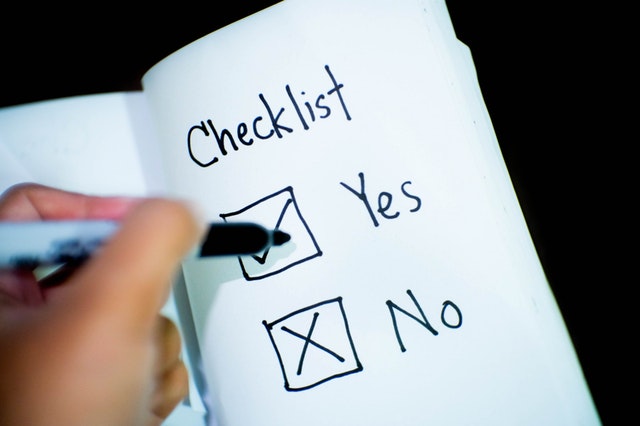- Assess your packing options
Professional packers are insured and they will pack up your home quickly and safely too. Their packing service will cost you though. Consider packing up whatever you can by yourself to save money. - Use a good packing checklist
Packing for a move is the most time-consuming task of them all, so you are strongly advised use a super-detailed packing timeline to avoid losing precious time. - Find free cardboard boxes
You’re probably going to need more cardboard boxes than your budget can handle. Ask friends for spare boxes or get them for free from local businesses such as supermarkets, bookstores, and so on. - Get hold of packing materials
You’re going to need packing materials of good quality. In addition to the tens and tens of cardboard boxes, purchase sufficient amounts of soft packing paper, bubble wrap, packing tape, and markers. - Inventory your home
Inventory your entire home by going from room to room and taking a long hard look at what it is that you intend to move. Make a detailed list of all your possessions and mark the items that require special packing. - Sort out your items
Consult your home inventory and sort out your stuff according to type, purpose, and condition. Set aside the things you won’t take with you – basically, anything you haven’t used in more than 12 months. - Purge your home
Get rid of any items you won’t ever need again to save money and time – you can’t and shouldn’t start packing absolutely everything you own. Sell, online or at a yard sale, any worthless stuff to boost your budget. - Be charitable
Do consider giving away to friends or donating to charity still usable household items that you won’t take with you. Reduce your transportation costs and help less fortunate people at the same time. - Do not skimp on packing supplies
Use as many packing supplies as it is necessary to protect your valued items. Be generous with padding materials (packing paper, bubble wrap, etc.), especially when you’re packing fragile items. - Pack an essentials box
Prepare an essentials box with vital items you can’t do without while your other things are in transit. Toiletries, plastic utensils, prescription medicines, change of clothes – only a small number of the content of your open-first box. - Guard your valuables
Pack safely your high-value articles – jewelry, collector’s items, important documents, electronics – and keep them by your side throughout the home move. Under no circumstances should you let movers pack or move your valuables. - Reinforce your cardboard boxes
Use high-quality packing tape to double tape the bottoms of all cardboard boxes for extra packing safety, especially if you’re using second-hand containers. It’s better to be safe than sorry. - Do not pack non-allowable items
Do not invest time or energy into packing things that are forbidden for transportation – hazardous, perishable and irreplaceable items. Contact your moving company and request their list of non-allowables. - Initiate the packing process
Start the packing marathon from the rooms in your home that you use the least – usually storage rooms such as garages, basements, attics, guest rooms, and closets. This way, you’ll be able to prevent packing clutter. - Keep your packing focus
Start as early as possible and pack one room at a time – do not attempt to pack up your home in one single gigantic effort. Set mini packing goals and reward yourself when a major goal is reached. - Label all packed boxes
Don’t forget to label your boxes – use a marker on each cardboard box you’ve packed for easier post-move identification. Write the content, destination room and special handling instructions on at least two sides of the box. - Get packing assistance
Ask friends to give you a packing hand or hire professional packers if you’ve fallen way behind your packing moving checklist. No packing tasks of any kind should be left for Moving day.
Before The Move: Packing Checklist

